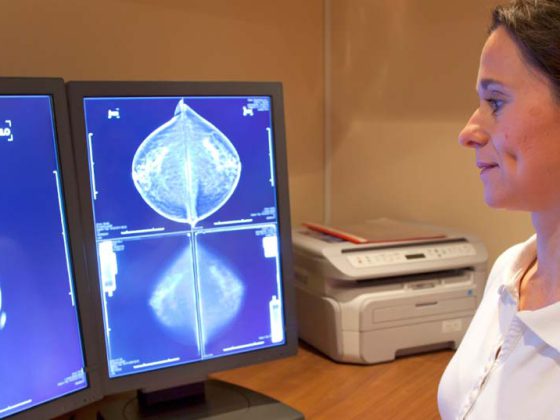This issue of CARDIOVASC focuses on “Heart Failure.” This is a still underestimated condition that mainly affects the elderly population and is associated with a progressive deterioration in quality of life. Also, with regard to overall survival, the prognosis in advanced heart failure is often no better than in malignant tumors.
In our article we deal with an important cofactor: iron deficiency. This occurs as a common concomitant of chronic heart failure. It affects approximately half of all patients with chronic heart failure and has a significant impact on mortality and morbidity. Often this is a so-called “functional” iron deficiency, whereby the bioavailability of body iron is inhibited. Differentiation between absolute and functional iron deficiency in chronic inflammatory anemia can be made using simple diagnostic criteria based on serum ferritin and transferrin saturation. In the first article it will be shown in a practical way what the pathophysiological correlations heart failure – iron deficiency – anemia are based on and which diagnostic steps or therapeutic approaches are useful in this case.
When should the primary care physician refer a patient with heart failure to the cardiologist, and at what point should more advanced measures such as a heart replacement procedure be evaluated? A team of cardiologists from the Inselspital Bern addresses this question in the second article. The so-called INTERMACS grading of clinical severity of heart failure is a simple tool to assess the optimal timing of heart replacement procedures. If patients are assigned in a timely manner, some may benefit greatly from such procedures. The authors discuss the advantages and disadvantages of ventricular assist devices and heart transplantation.
We wish you an exciting and informative read with the current issue of CARDIOVASC and greet you kindly.
PD Otmar Pfister, MD
Lukas Meier, MD
CARDIOVASC 2014; 13(3): 3











